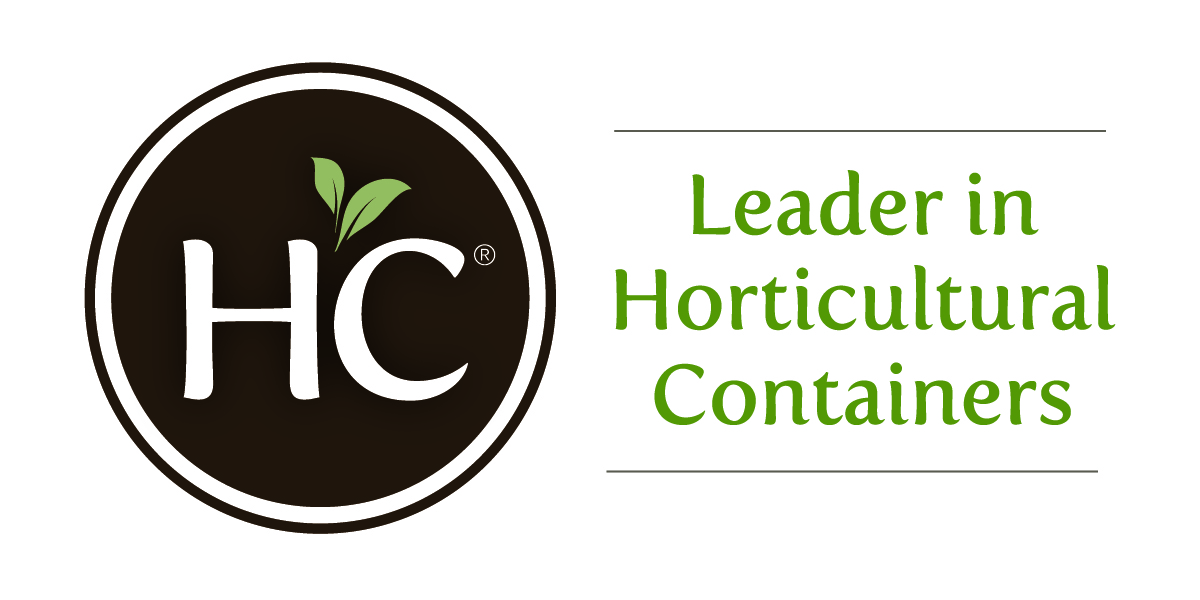Title Page
-
Auditor
-
Location
-
Shift
-
Conducted on
-
Team Members Present During Audit:
Instructions
-
Audit is due bi-weekly on Wednesday by end of shift, giving you 1/2 week to audit, 1/2 week to evaluate and plan, and 1 week to execute.
It is mandatory that you identify and create at least one action item for the Sort, Set, Shine sections. Include pictures for before and after to be used for report outs.
1-SORT (Distinguish between what is needed and not needed)
-
Items in the designated red tag location are tagged properly with all required information included. (Inj/ Printing is 1 single Red Tag location, to be audited by both).
-
2) Needed equipment, tools, supplies & parts are present within the designated work area and correctly labeled. Unnecessary items are removed to proper storage locations.
-
3) All trash, rubbish, and waste are disposed in receptacles designated with floor tape and signage.
-
4) No unneeded, out of date, or out of place material on work stations, walls, bulletin boards, etc.
-
5) Cleaning equipment is readily available in a designated location. The designated location is subdivided and labeled correctly.
2-SET (Have a place for everything and everything in its place)
-
6) All permanent and staging locations for moveable items are clearly defined/labeled and items are in their proper location. Example: Pallet placements, rolling bins, ladders, printing materials etc.
-
7) Shelves and storage areas are organized, with clear boundaries / divisions, and are labeled. There are no uncertainties about where items are stored. (A new person should be able to locate without assistance)
-
8) Needed items (in drawers, shelves, cabinets, and on surfaces, or floors) have been placed at the closest location to where they are used the most in order to minimize the waste of motion.
-
9) There are clear indicators of maximum and minimum stock quantities. Kanban cards being used appropriately.
-
10) There is clear use of visual controls and color coding.
3-SHINE (Clean and look for ways to keep things clean and organized)
-
11) Work stations, work surfaces, tools, and storage areas are clean and neat.
-
12) Equipment in the area is free of debris (no oil, dirt, chips, etc.) and organized.
-
13) There is evidence of cleaning being performed in constant manner. Housekeeping checklists are being used and up-to-date.
-
14) There are measures in place to eliminate or reduce the sources of dust, dirt, material, oil, debrist, etc.
-
15) Is all machinery/equipment appropriately guarded and kept clean / unsoiled by daily care and supporting TPM?
4-STANDARDIZE (Maintain and monitor the first three categories)
-
16) Checklist for cleaning and maintaining 5s standards is up to date and available locally. Local operators know their responsibilities and when to complete them.
-
17) Visual organization methods are being used where appropriate (shadow boards, floor marking, etc.) and tools are placed in a manner that minimizes unnecessary movements such as walking, bending, or reaching
-
18) Quality standards for all methods of production in place and posted locally with visual aides.
-
19) Operational performance information readily available and up to date on the CI board. e.g. schedules, production, scrap
-
20) PMs and TPMs are being completed and documented. Information is up-to-date.
5-SUSTAIN (Stick to the 5S rules)
-
21) All items on previous audit corrected (Review prior audit posting on CI board)
-
22) Previous department audits and subsequent improvement plans are displayed and current.
-
23) Time is allowed, required, and recognized for 5S activities - both routine and one-time projects for team members.
-
24) Success stories are being displayed with appropriate recognition. (i.e. before and after pictures).
-
25) Local operators are aware of previous audit corrections, can speak to what they can do to sustain the improvements.














